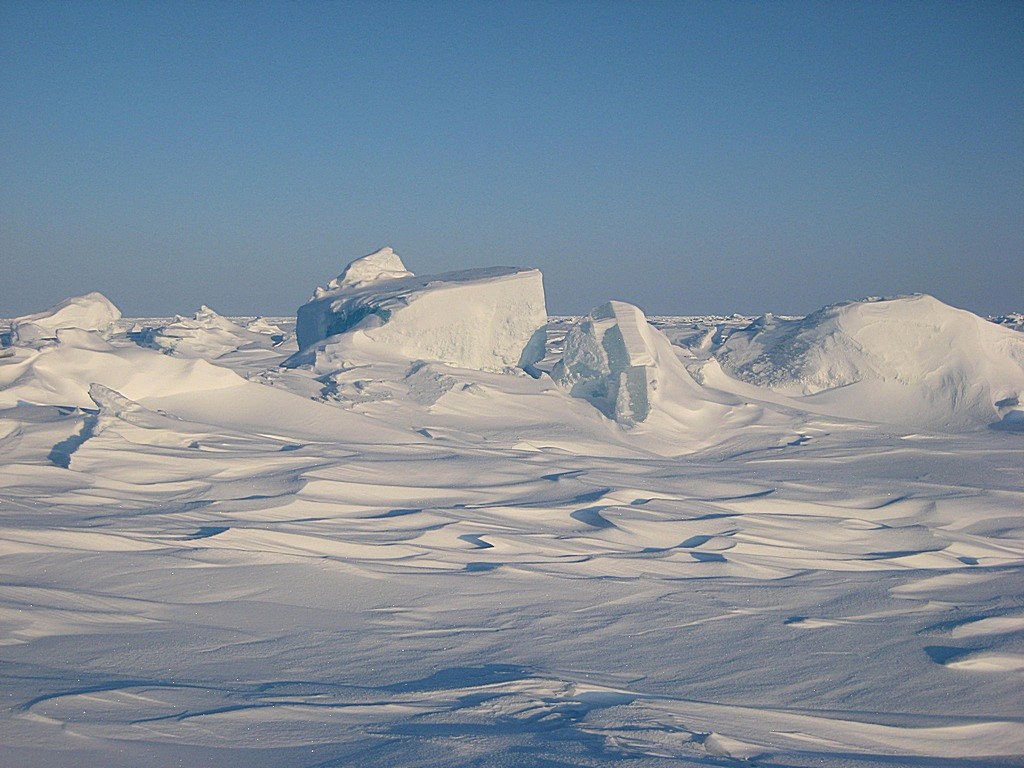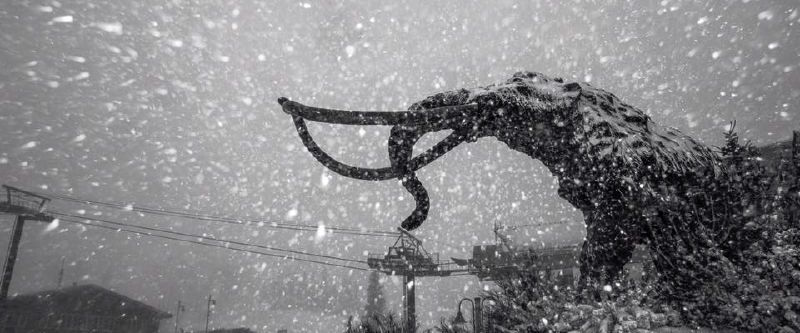
“We’ve seen a year in 2016 in the Arctic like we’ve never seen before”
– Dr. Jeremy Mathis, Arctic Research Program, NOAA
For the second time in six weeks, temperatures in the North Pole have spiked to record highs. Yesterday, in an unprecedented turn of events, a buoy ~145 km from the North Pole registered a temperature of exactly freezing, which is more than 50 degrees F above average for this time of year. Such an anomaly would be the equivalent of the a high of 90 degrees F in New York City on the same day.
The immediate cause of the high temperatures is a large storm spinning near Greenland, shifting the polar vortex over Siberia, where temperatures have been representational of those usually found around the pole.
The lack of cold air above the arctic ocean decreases the amount of sea ice that is able to form over the winter months. Sea ice is currently lower than the record 2012-2013 “death spiral” in which sea ice extent was the lowest recorded in history.

One of the long term causes of these heat waves is a loss of sea ice destabilizing the polar vortex and allowing weather systems bring up warmer air to the polar regions, while precious cold air is dispersed over land. On land, frigid temperatures cannot generate the sea ice needed to reflect solar radiation during the summer months. As the polar jet stream (vortex) becomes weaker, storms will increasingly interfere with the concentration of cold air at the poles. The loss of sea ice exhibits a positive feedback loop, because the effects of decreased solar radiation lead to more warming, leading to less sea ice, and less reflection, etc.
This GFS image shows the cold air dispersing over Siberia while warmer air is funneled into the polar region:

Scientists are concerned. The recent warming of seen in the polar regions are outpaced even aggressive estimate for the rate of climate change. While some of the warm air is due to El Nino heat still simmering in the atmosphere, it is likely that if temperatures rise to about 3.5 degrees F of the 20th century average, outbreaks like this may occur every few years. 2016 has almost reached that threshold, is the hottest year ever recorded, and probably the hottest in the last several thousand years.



